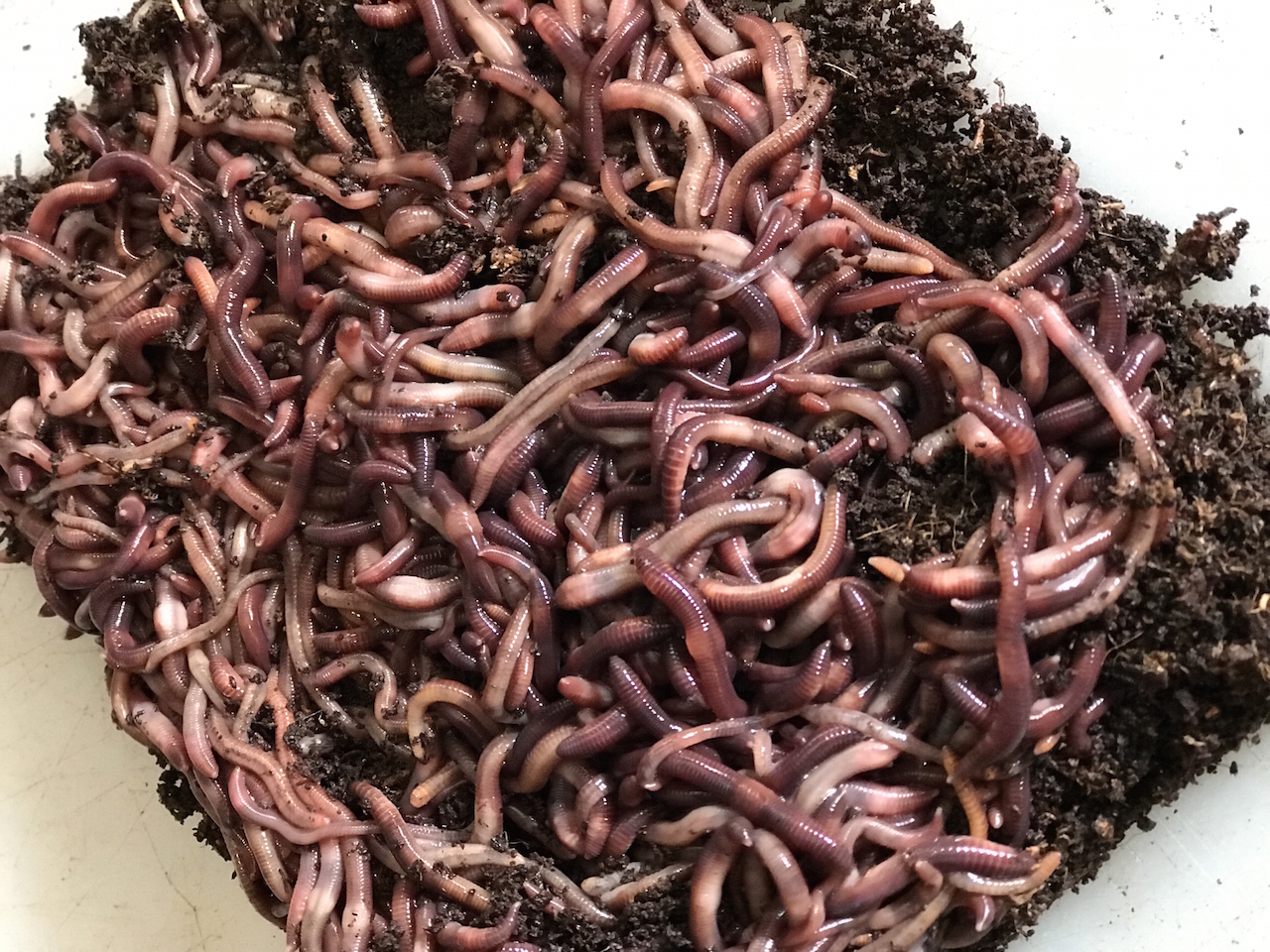Open the Tricks of Red Wigglers: Your Overview to Composting Success
The assimilation of red wigglers right into composting methods provides a significant opportunity for enhancing soil health and advertising sustainability. Recognizing their requirements and actions is vital for enhancing their potential, from establishing up a suitable worm container to feeding them the ideal materials.

What Are Red Wigglers?
(Red Wiggler Express)Red wigglers, medically understood as Eisenia fetida, are a species of earthworm mostly used in composting as a result of their exceptional ability to decompose raw material successfully. These worms are characterized by their reddish-brown pigmentation and a segmented body, typically determining between 3 to 4 inches in length. Unlike various other earthworm types, red wigglers grow in abundant, natural settings, making them ideal for vermicomposting systems.
Indigenous to North America, they are frequently discovered in rotting fallen leaves and compost heap, where they play a critical duty in nutrient recycling. Their adaptation to staying in a damp, aerobic environment enables them to consume large quantities of organic waste, simplifying into nutrient-rich castings that boost soil health.
Red wigglers replicate swiftly, with a single worm capable of producing a number of cocoons each week, each including multiple hatchlings. Comprehending the biology and habits of red wigglers is vital for optimizing their possibility in composting applications.
Benefits of Utilizing Red Wigglers
Utilizing the power of red wigglers in composting offers numerous benefits that boost dirt wellness and advertise lasting waste administration. These exceptional microorganisms successfully break down raw material, changing cooking area scraps and yard waste into nutrient-rich vermicompost. This completed item is remarkably beneficial for plant growth, as it improves soil framework, raises wetness retention, and improves nutrition accessibility.

(Lake Hickory Bait)Furthermore, the visibility of red wigglers in your composting system can increase the composting process, generating high-grade garden compost in a fraction of the moment compared to typical methods. The spreadings generated by these worms are additionally including advantageous microorganisms that better enrich the soil ecosystem.
Establishing Up Your Worm Container
Creating a reliable worm bin is a simple process that can substantially improve your composting initiatives. Worm containers can be made from plastic storage space bins, wooden boxes, or commercially available worm containers.
Following, prepare the bedding product, which serves as the worms' habitat. A mix of shredded paper, cardboard, and coconut coir works well, supplying a comfortable setting for the worms.

Feeding Your Red Wigglers
To make certain the wellness and efficiency of your red wigglers, it is necessary to supply them with a well balanced diet that meets their dietary requirements. Red wigglers grow on a diverse variety of natural products, which not just provide needed nutrients however additionally promote reliable composting.
Begin by including kitchen area scraps such as vegetable peels, fruit cores, and coffee premises. Prevent citrus fruits, onions, and garlic, as these can be detrimental to worm wellness. Additionally, introduce shredded paper, cardboard, and completely dry leaves to produce a well-aerated environment.
Feeding regularity should be kept an eye on; normally, worms can take in half their body weight in food weekly. It is important to prevent article source overfeeding, as excess food can bring about unpleasant smells and bring in insects. A great method is to add food in little amounts, enabling worms to process it prior to presenting extra.
Maintaining wetness levels is additionally essential; the bedding should be damp but not soggy. Lastly, make certain to frequently check the temperature and pH levels of the bin to make sure an ideal environment for your red wigglers, inevitably boosting their composting effectiveness.
Harvesting and Using Garden Compost
A successful composting procedure with red wigglers culminates in the rich, dark garden compost recognized as vermicompost, which can dramatically boost dirt health and wellness and plant growth. Harvesting this nutrient-dense product commonly takes place every 3 to six months, depending on the dimension of your system and the quantity of organic matter being refined.
To collect, carefully separate the garden compost from the worms and any kind of undecomposed products. One efficient method involves moving the materials of the container away and adding fresh bedding and food to the void, encouraging the worms to move. After a couple of days, the compost can be collected from the contrary side.
It is essential to make use of vermicompost appropriately to maximize its advantages. It can be utilized as a top clothing for garden beds, mixed right into potting dirt, or made into a nutrient-rich fluid fertilizer referred to as "worm tea." This application approach assists to deliver essential nutrients straight to plant roots, promoting much healthier growth. By including vermicompost into your horticulture program, you not only reuse organic waste however likewise create a thriving ecosystem that sustains sustainable horticulture practices.
Final Thought
In summary, red wigglers act as exceptional allies in composting initiatives, transforming natural waste right into nutrient-rich vermicompost (Red Wiggler Express). Their special biological features and efficient waste processing capabilities contribute substantially to lasting gardening practices. By understanding the ideal problems for their habitat, feeding needs, and compost harvesting methods, gardeners can improve soil health and advertise plant vitality. Accepting vermicomposting not only lowers garbage dump waste however additionally cultivates an extra eco liable approach to horticulture and source management.